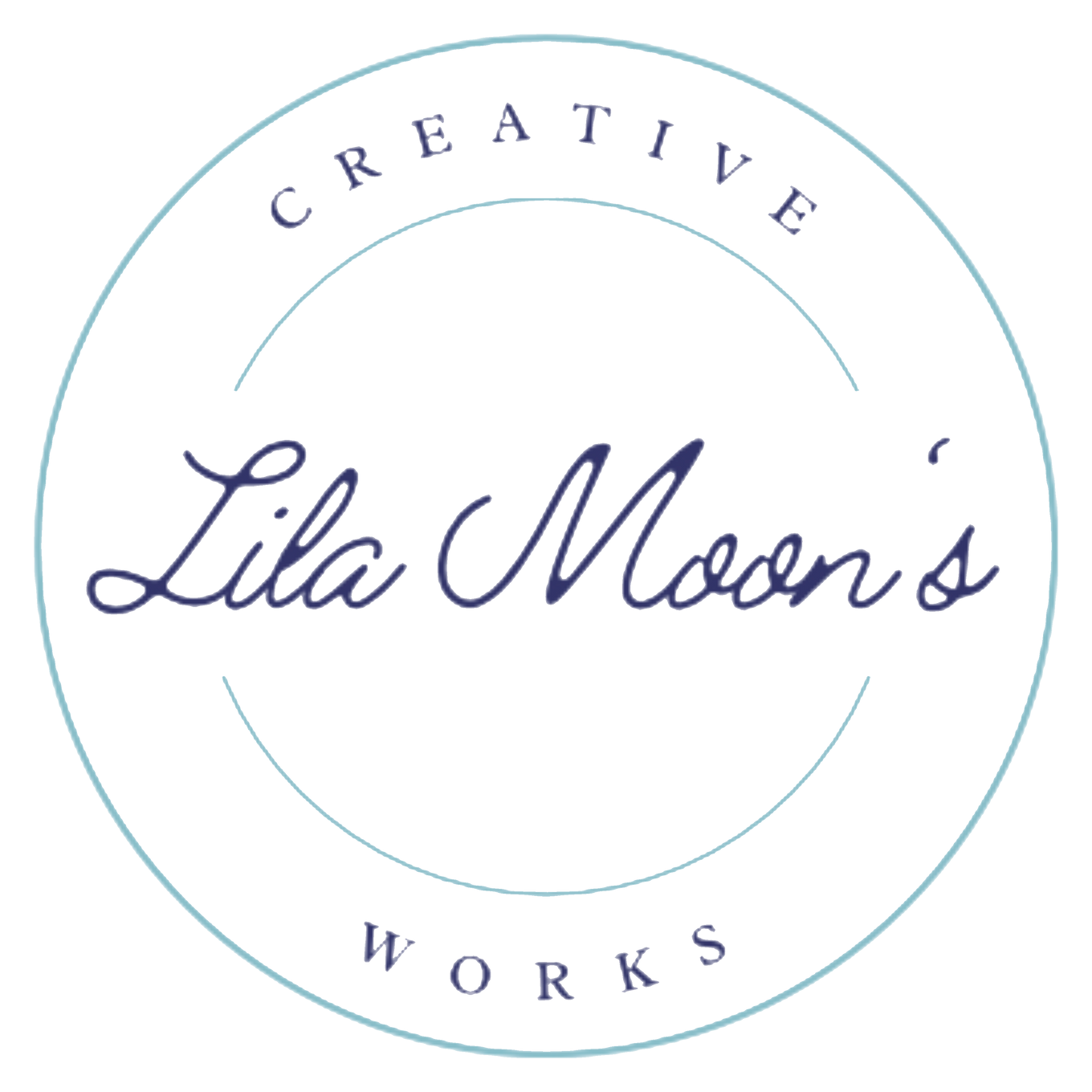What is the lead generation process?
How Does the Lead Generation Process Work?
Unlocking Growth: Understanding the Lead Generation Process
Lead generation is a fundamental marketing strategy employed by businesses, including Lila Moon's Creative Works, to ignite interest and convert that interest into a pipeline of potential customers. This process is crucial for growth in competitive markets like Carson City, Nevada, where businesses strive to stand out and capture consumer attention. This guide will walk you through the lead generation process, explaining how businesses attract and nurture leads until they are ready to make a purchase.
Understanding Lead Generation
What is Lead Generation?
Lead generation involves identifying potential customers (leads) and initiating their interest through various strategies to eventually guide them into making a purchase. It's the first step in the sales cycle, aiming to gather contact details or expressions of interest from prospects through tailored marketing campaigns.
The Lead Generation Process Explained
1. Identifying the Target Audience:
The first step in the lead generation process is to clearly define and understand the target audience. This involves market research to identify who the potential customers are, what they need, and how best to reach them. For a company like Lila Moon's Creative Works operating in Carson City, this might involve focusing on local businesses that benefit from enhanced digital presence.
2. Creating Engaging Content:
Once the target audience is defined, the next step is to attract these potential customers through engaging content. This content can be in the form of blog posts, infographics, videos, ebooks, or other educational materials that answer common questions or solve problems related to the business's industry.
3. Utilizing Effective Channels:
The distribution of content is as important as its creation. Effective channels for lead generation include social media, email marketing, SEO, and paid advertising. Each channel serves different segments of an audience and varies in effectiveness depending on the demographic and regional focus, such as Sacramento or Norfolk.
4. Capturing Lead Information:
To convert visitors into leads, businesses must capture their information using lead magnets such as free trials, newsletters, or product demos, which encourage potential customers to exchange their contact information for value. This is often facilitated through forms on websites where users can leave their details to learn more about offerings.
5. Lead Scoring and Qualification:
Not all leads are created equal. Lead scoring involves ranking prospects against a scale that represents the perceived value each lead represents to the organization. This helps in identifying which leads should be prioritized for direct follow-up and which require further nurturing.
6. Nurturing Leads:
Lead nurturing is the process of developing relationships with buyers at every stage of the sales funnel. This involves communicating consistently and meaningfully with potential customers to reinforce their decision to engage further with your business. Effective nurturing educates, informs, and entertains potential customers, keeping them engaged until they are ready to purchase.
7. Converting Leads into Customers:
The final step in the lead generation process is turning a qualified lead into a customer. This step involves direct sales pitches, special offers, or more personalized demos or consultations to persuade the lead to make a purchase.
Conclusion
Lead generation is an essential but complex process that requires a strategic approach to attract and convert prospects into customers. In regions like Carson City, businesses can leverage local insights and specific market demands to tailor their lead generation strategies effectively. For businesses like Lila Moon's Creative Works, mastering the lead generation process is key to expanding their client base and achieving sustained growth. By understanding and implementing each stage of the lead generation process, businesses can improve their marketing efforts and see significant returns on investment.



